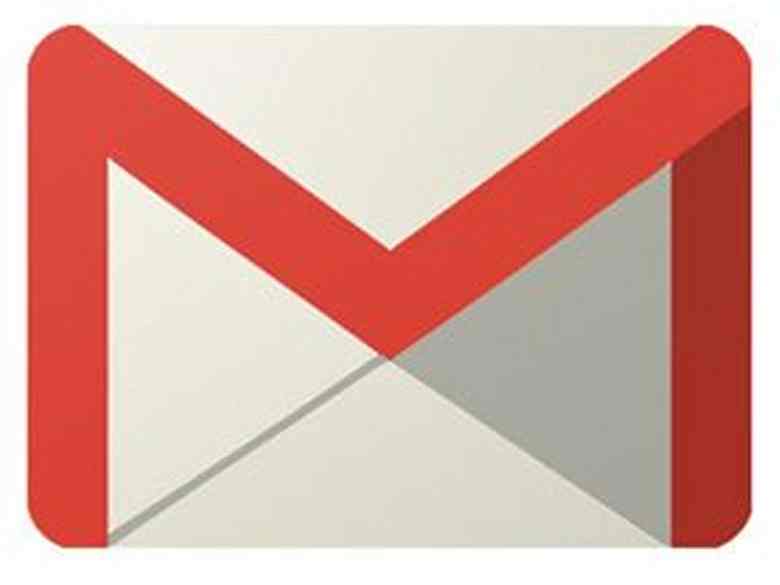Since Gmail’s new tabbed format launched a couple of months in the past, the response has been each constructive and detrimental — from customers in addition to e-mail entrepreneurs. Final week, Gmail introduced one other main change: mechanically displaying pictures throughout the physique of all emails and not using a consumer deciding on the “show pictures” button.
On this article, I’ll discover this newest change and the way it may have an effect on e-mail advertising and marketing for ecommerce corporations.
Why ‘Show Photographs’ Anyway?
Roughly 10 years in the past, Web service suppliers and e-mail platforms began to mechanically block all pictures throughout the physique of emails by default. This was an effort to guard the recipient towards undesirable spam and phishing scams from so-called “monitoring pixels.” To trace an opens on emails, a small 1×1 pixel picture is positioned within the physique, which registers the open when the picture is downloaded. That is useful to respectable e-mail entrepreneurs to trace opens and general effectiveness. However malicious spammers can use it to validate your e-mail deal with and presumably goal for the longer term.
Blocking pictures posed a problem for e-mail entrepreneurs. Electronic mail design thus shifted to creating the e-mail efficient regardless if a recipient loaded the pictures, by utilizing text-based HTML for headlines, alt textual content, and different strategies to assist to convey the primary message of the e-mail with out counting on pictures
Gmail Modifications Picture Downloads
Gmail issued this assertion explaining why it’s displaying pictures by default, and the way it’s doing this with out posing a danger to customers:
However because of new enhancements in how Gmail handles pictures, you’ll quickly see all pictures displayed in your messages mechanically throughout desktop, iOS and Android. As a substitute of serving pictures immediately from their authentic exterior host servers, Gmail will now serve all pictures by way of Google’s personal safe proxy servers.
So what does this imply for you? Easy: your messages are extra protected and safe, your pictures are checked for identified viruses or malware, and also you’ll by no means need to press that pesky “show pictures beneath” hyperlink once more. With this new change, your e-mail will now be safer, sooner and extra stunning than ever.
Gmail, subsequently, is caching the pictures and internet hosting them. It’s then capable of show each picture with out the customers needing to obtain and reveal their IP addresses or put themselves in danger.
What Does This Imply For Ecommerce Corporations?
On stability, that is excellent news for ecommerce websites and e-mail entrepreneurs alike. Gmail has probably the most shopper customers, and by now exhibiting pictures by default, it’s one much less step that the person has to take to view your e-mail. For design and greatest practices, this permits extra flexibility to do issues in pictures that can’t accomplish in text-based HTML messages. As well as, with this elementary change, different ISPs are more likely to observe — so count on comparable bulletins from main e-mail suppliers within the coming months.
Affect on Open Charges
It is very important perceive how this can affect your e-mail program’s open monitoring. Since opens are tracked by way of picture downloading, all preliminary opens will register. Open charges will probably improve barely as a result of individuals who opened emails beforehand, however by no means downloaded pictures, will now register as an precise open. Nevertheless, for the reason that pictures are cached, repeat opens by the identical particular person will probably not register. There can be no distinction in reporting for Gmail recipients that opened as soon as, or ten occasions. That is vital for those who take a look at these metrics and use them to find out consumer engagement.
One other vital side is dynamically generated pictures which can be time delicate. This may increasingly embody issues like a countdown clock or product pictures which can be changed after the e-mail goes stay. If the consumer opens that in Gmail as soon as, and goes again to it later within the day, he’ll see the identical picture he noticed initially till Gmail refreshes the cache — probably each 24 hours.
Countdown clocks and dynamic pictures could also be impacted by new picture modifications.
